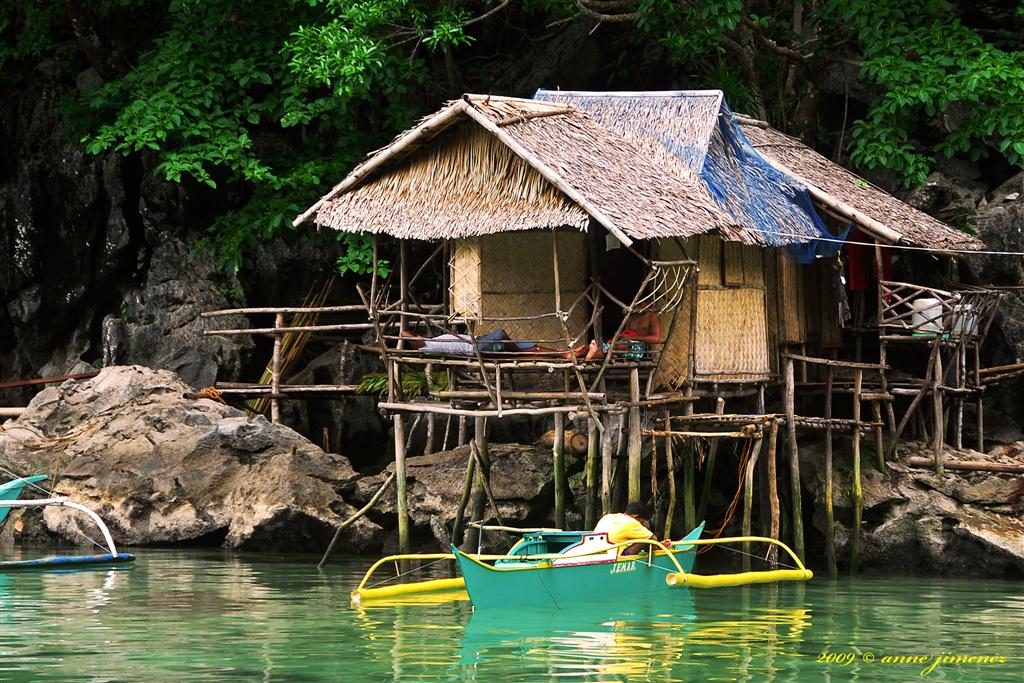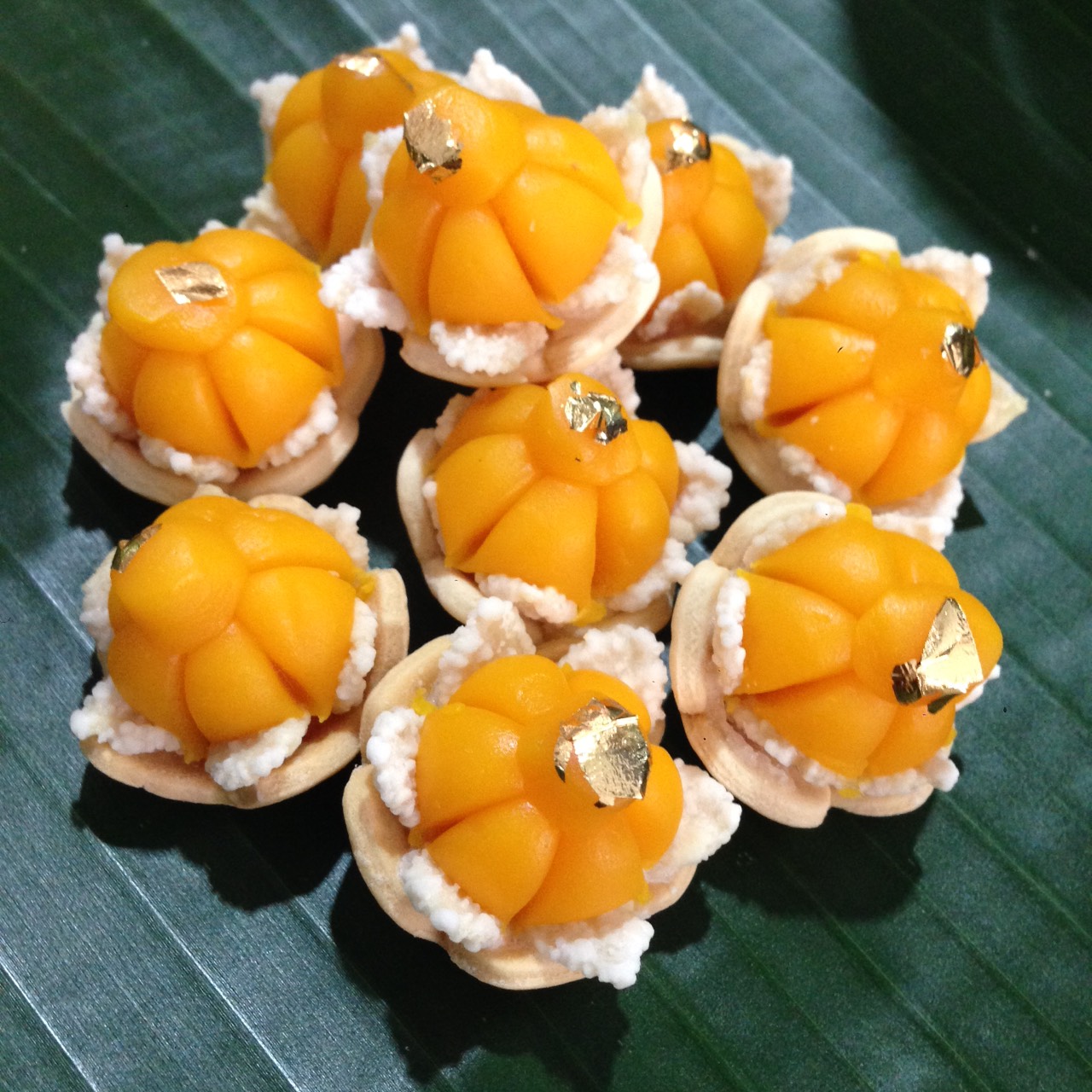|
Khanom Chak
''Khanom chak'' ( th, ขนมจาก, , ) is a local dessert of Thailand. The main ingredients are sticky rice flour, palm sugar and shredded coconut. It is covered by leaves of a nipa palm and then roasted on a charcoal fire. History ''Khanom chak'' can be found in many areas in Thailand close to the coastal area because all of the ingredients are found in these areas. The name of comes from the nipa palm which in Thailand is called ''chak'' ( th, จาก). Nipa palm leaves are used to cover because they make a frangent. It is folk wisdom over many centuries. ''Khanom chak'' is used in the sacred ceremony at Phra Samut Chedi, a pagoda in Amphoe Phra Samut Chedi, Samut Prakan. Ingredients * Sticky rice flour * Palm sugar * Shredded coconut * Water * Nipa palm leaves * Little stickศูนย์เรียนรู้จัดหวัดสมุทรสงคราม. See also * Thai cuisine * List of Thai desserts This is a list of Thai khanom, co ... [...More Info...] [...Related Items...] OR: [Wikipedia] [Google] [Baidu] |
Nypa Fruticans
''Nypa fruticans'', commonly known as the nipa palm (or simply nipa, from ms, nipah) or mangrove palm, is a species of palm native to the coastlines and estuarine habitats of the Indian and Pacific Oceans. It is the only palm considered adapted to the mangrove biome. The genus ''Nypa'' and the subfamily Nypoideae are monotypic taxa because this species is their only member. Description Unlike most palms, the nipa palm's trunk grows beneath the ground; only the leaves and flower stalk grow upwards above the surface. The leaves extend up to in height. The flowers are a globular inflorescence of female flowers at the tip with catkin-like red or yellow male flowers on the lower branches. The flower produces woody nuts arranged in a globular cluster up to across on a single stalk. The ripe nuts separate from the ball and float away on the tide, occasionally germinating while still water-borne. Fossil record While only one species of ''Nypa'' now exists, ''N. fruticans'', w ... [...More Info...] [...Related Items...] OR: [Wikipedia] [Google] [Baidu] |
Phra Samut Chedi
250px, Wat Phra Samut Chedi Wat Phra Samut Chedi ( th, วัดพระสมุทรเจดีย์, ) is an ancient Buddhist temple in Phra Samut Chedi District, Samut Prakan Province, central Thailand. Lined on the Chao Phraya River's bank in the area of Pak Khlong Bang Pla Ko Sub-district, near Phisuea Samut Fortress and Chulachomklao Fort, which was built to protect the mouth of the Chao Phraya River and played an important role during the "Paknam Incident" (July 1893) in the King Rama V's reign. The most striking feature of the temple is "Phra Samut Chedi", the '' chedi'' (stūpa) of the same name and also the origin of the district where it is located. It was built since the King Rama II's reign but was completed during the subsequent reign, King Rama III Nangklao ( th, พระบาทสมเด็จพระนั่งเกล้าเจ้าอยู่หัว, ; 31 March 1788 – 2 April 1851), birth name Thap ( th, ทับ), also styled Rama ... [...More Info...] [...Related Items...] OR: [Wikipedia] [Google] [Baidu] |
Amphoe Phra Samut Chedi
Phra Samut Chedi ( th, พระสมุทรเจดีย์, ) is the westernmost district (''amphoe'') of Samut Prakan province in central Thailand. Geography Neighboring districts are (from the west, clockwise) Bang Khun Thian and Thung Khru of Bangkok, Phra Pradaeng and (across the Chao Phraya River) Mueang Samut Prakan of Samut Prakan Province. History The district was created as a minor district ('' king amphoe'') on 15 December 1984 by splitting off five ''tambons'' from Mueang district. It was upgraded to a full district on 15 July 1991. Administration The district is divided into five sub-districts (''tambons''), which are further subdivided into 42 villages (''mubans''). There are two townships (''thesaban tambons''): Phra Samut Chedi covers ''tambon'' Pak Klong Bang Pla Kot, and Lae Fa Pha covers parts of ''tambons'' Laem Fa Pha and Nai Khlong Bang Pla Kot. There are a further four tambon administrative organizations (TAO), for each ''tambon'' except Pak Klong ... [...More Info...] [...Related Items...] OR: [Wikipedia] [Google] [Baidu] |
Thai Cuisine
Thai cuisine ( th, อาหารไทย, , ) is the national cuisine of Thailand. Thai cooking places emphasis on lightly prepared dishes with strong Odor, aromatic components and a spicy edge. Australian chef David Thompson (chef), David Thompson, an expert on Thai food, observes that unlike many other cuisines, Thai cooking is "about the juggling of disparate elements to create a harmonious finish. Like a complex musical chord it's got to have a smooth surface but it doesn't matter what's happening underneath. Simplicity isn't the dictum here, at all." Traditional Thai cuisine loosely falls into four categories: ''tom'' (boiled dishes), ''yam'' (spicy salads), ''tam'' (pounded foods), and ''kaeng'' (curries). Deep-fries, stir-fries, and steamed dishes derive from Chinese cuisine. In 2017, seven Thai dishes appeared on a list of the "World's 50 Best Foods", an online poll of 35,000 people worldwide by ''CNN Travel''. Thailand had more dishes on the list than any other co ... [...More Info...] [...Related Items...] OR: [Wikipedia] [Google] [Baidu] |
List Of Thai Desserts
This is a list of Thai khanom, comprising snacks and desserts that are a part of Thai cuisine. Some of these dishes are also a part of other cuisines. The word "khanom" ( th, ขนม), refers to snack or dessert, presumably being a compound between two words, "khao" (ข้าว), "rice" and "khnom" (หนม), "sweet". The word "khanom" in the Thai sense is snack or sweet food made from flour. Thai khanom * ''Bua Loy, rice flour rolled into small balls and then cooked in coconut milk.'' * '' Bulan dan mek'' * '' Lot chong'' * '' Cha mongkut'' * '' Fakthong kaeng buat'' * '' Foi thong'' * Fresh fruit * ''Grass jelly'' * ''Khanom babin'' * ''Khanom bueang'' – known as Thai crêpes * ''Khanom chan'' – means layer dessert * '' Khanom keson lamchiak'' * '' Khanom khai pla'' * ''Khanom khrok'' * '' Khanom khuai ling'' * '' Khanom mo kaeng'' * '' Khanom namdokmai'' * '' Khanom phing'' * '' Khanom piakpun'' * '' Khanom sane chan'' * ''Khanom sot sai'' * ''Khanom ... [...More Info...] [...Related Items...] OR: [Wikipedia] [Google] [Baidu] |

